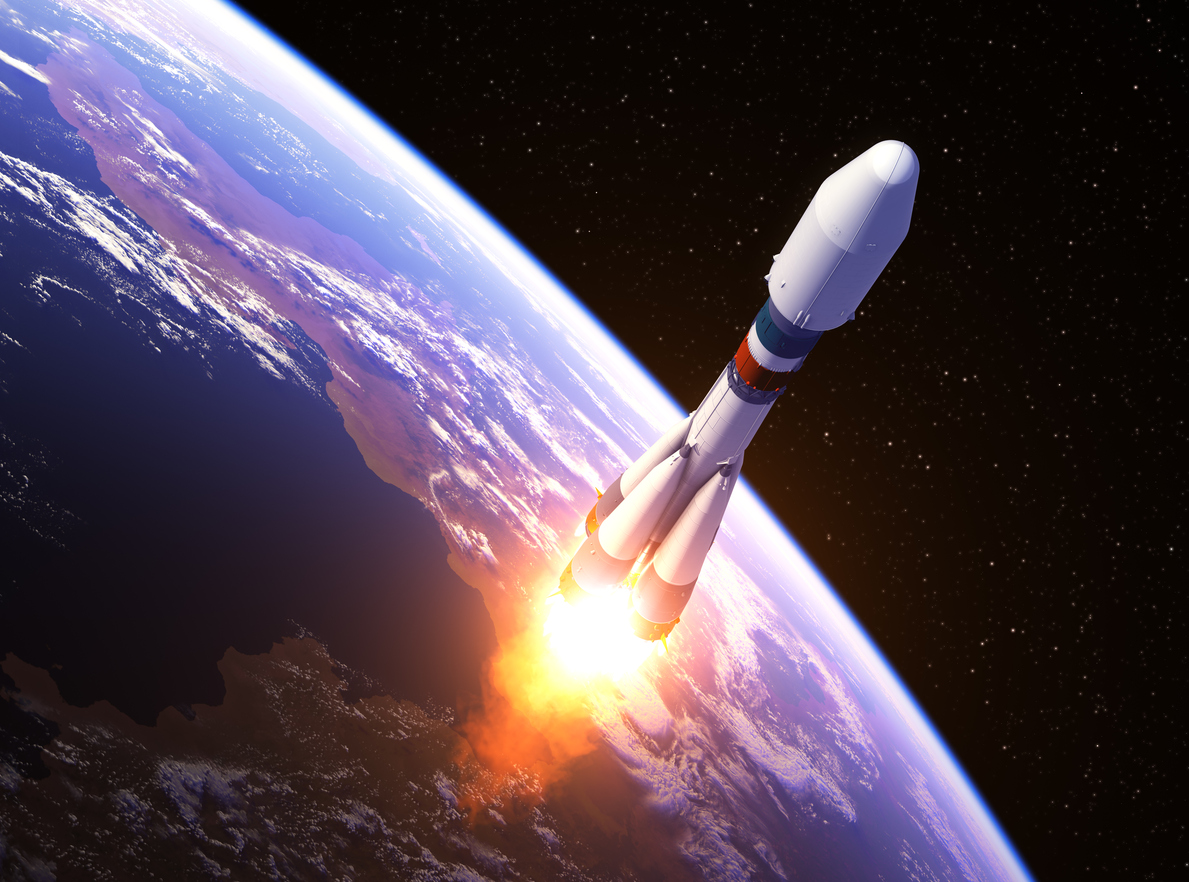2023/03/13
Launch of the Next Generation Flagship H3 Rocket Postponed: So What? That’s the Start of Another Challenge. Keep It Up!

(The original article in Japanese was posted on February 24, 2023)
It was right after 10:30 a.m. on February 17, just a few minutes before the launch of the first H3 rocket, and I rushed to see the special live streaming site of the Japan Aerospace Exploration Agency (JAXA). The automatic countdown had already started. 10, 9, 8, 7, 6… 10:37:55. Oh? What's wrong?
Later, on the same day, JAXA announced the cancellation of the launch, saying, "The main LE-9 engine has started up normally, but the first stage vehicle system detected an abnormality and did not send out an ignition signal to SRB-3, the solid rocket booster," and JAXA continued, "We will immediately start investigations to find out the cause and aim for another attempt within the preset time schedule, no later than March 10.”
It was in 2014 that JAXA started development of the H3 rocket, the successor to the H-IIA large rocket with the aim of establishing a superior position in a competitive commercial satellite market, where demand has rapidly been growing. The issue of high-cost was resolved as it was reduced almost in half per launch of the H-IIA, to 5 billion yen, by utilizing commercial-off-the-shelf products of other industries and modularization of the system. Notably, the H3 rocket offers several lineups by the number of LE-9 main engines and SRB-3 solid rocket boosters adjustable according to diverse mission requirements. Up to three LE-9s, which in combination have equivalent power of 15 jumbo jet engines, can be loaded to the H3 to launch a 7 metric ton-class satellite into geostationary transfer orbit.
In view of the fact that the H3 maiden flight was initially scheduled for some time in fiscal 2020 and long-anticipated after twice postponements, the cancellation of the debut flight must be more than a regrettable failure for the H3 rocket developing team led by JAXA and its prime contractor Mitsubishi Heavy Industries, Ltd. Similarly, those involved in the development of the Advanced Land Observing Satellite-3, “DAICHI-3” (ALOS-3) which is mounted in the H3 rocket, may have become totally depressed while at the same time the preceding H-2B is already retired after the design life was over. However, we do not always have to stick to the "time range” set by a master schedule. The success rate of the previous H-IIA was 97.8%, which is superior to the international success rate of 95.0%. It is not too late to take on the next challenge after the reliability of the H3 launch vehicle is assuredly restored to the same level or higher.
In October 2022, the launch of an Epsilon-6 rocket designed for a compact launch of satellites ended in failure. The Epsilon rocket development is one of the national aerospace projects under contract with IHI AEROSPACE Co., Ltd. as JAXA’s prime contractor. In the meantime, Mitsubishi Heavy Industries, Ltd. officially announced on February 7 that it would discontinue the development of a domestically produced jet airliner (formerly MRJ). In combination with the recent consecutive "distressing news" about the national aerospace projects, some question has definitely been raised to point out a structural failure in public-private partnerships. On the other hand, government support is indispensable for the development of the aerospace industry. Therefore, we would rather take advantage of the latest incidents and review the national projects in terms of structure, budget, the scope of government involvement, as well as the principle of government support for industries, solely for the sake of advancing to the next step of development.
This Week’s Focus, February 24
Takashi Mizukoshi, the President